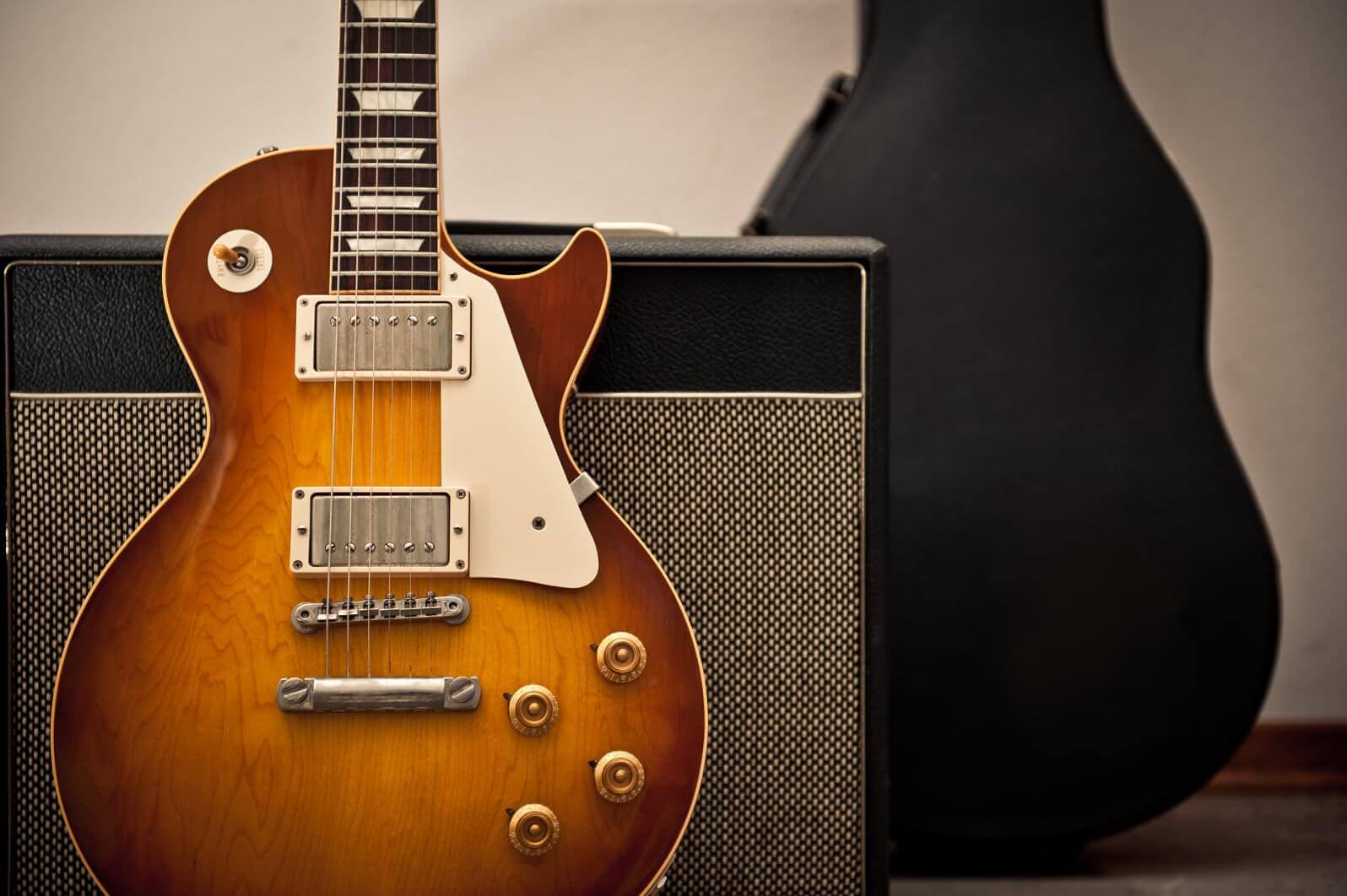
Guitar playing
Guitar playing & Moving Chords
Guitar playing can be a fun and rewarding hobby, but it requires hard work and dedication to get past the beginner stages. To move forward, you need to have a solid understanding of the basics, such as being able to locate the notes on the fretboard and playing the most common chord progressions. In this article, we’ll delve into the technical aspects of easy chord progressions for upbeat guitar playing, including how to quickly find the ii and vi chords, which are essential for playing most songs.
First, let’s go over the four basic barre chord shapes that you need to know to play any major or minor chord: the E shape for major chords with a root note on the sixth string, the E minor shape for minor chords, the A shape for chords with a root note on the fifth string, and the A minor shape for minor chords. These four shapes will form the foundation of your chord progressions.
Patterns for Finding Chords
To quickly find the ii and vi chords, we need to learn two additional patterns. For an E shape barre chord, simply move up two frets and use the Em shape, and for an A shape barre chord, move up two frets and use the Am shape. This will give you the ii chord for any major chord. For example, playing a G major chord, moving up two frets gives you an A minor chord.
Barre chord shapes I-V-vi-IV progression
Now that we have a solid foundation in the basic barre chord shapes and the ii and vi chord patterns, let’s dive into some easy chord progressions that are ideal for upbeat guitar playing.
- I-V-vi-IV progression: This progression is a classic and is often used in upbeat songs. It starts with the I chord, then moves to the V chord, then to the vi chord, and finally to the IV chord. For example, in the key of C, the chords would be C, G, Am, and F.
- ii-V-I progression: This progression is commonly used in jazz and blues music and is a great way to add some variation to your playing. It starts with the ii chord, moves to the V chord, and ends with the I chord. For example, in the key of C, the chords would be Dm, G, and C.
- IV-I-V progression: This progression is a simple and effective way to add some energy to your playing. It starts with the IV chord, moves to the I chord, and ends with the V chord. For example, in the key of C, the chords would be F, C, and G.
- vi-IV-I-V progression: This progression is a popular choice for upbeat pop songs and is easy to remember. It starts with the vi chord, moves to the IV chord, then to the I chord, and finally to the V chord. For example, in the key of C, the chords would be Am, F, C, and G.
These are just a few of the many easy chord progressions that you can use to add some variety to your playing and make your songs more interesting. By learning these progressions and committing them to memory, you’ll be able to quickly switch between different chord patterns and play almost any song you want.
In conclusion, learning the basics of chord progressions is an essential part of guitar playing. With the knowledge of the four basic barre chord shapes, the ii and vi chord patterns, and some easy chord progressions, you’ll be well on your way to becoming a confident and versatile guitarist. Just remember that the key to success is consistent practice and hard work, so keep at it, and have fun!
Memorising these patterns will help you easily find and play the ii chord in any key or chord.







